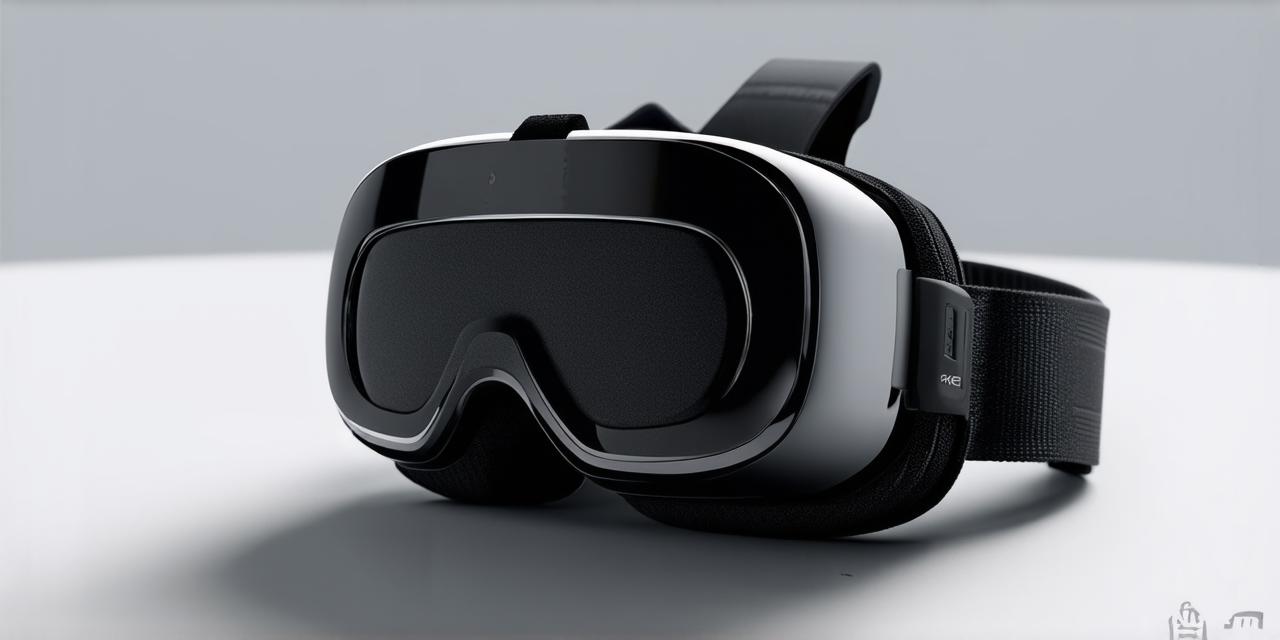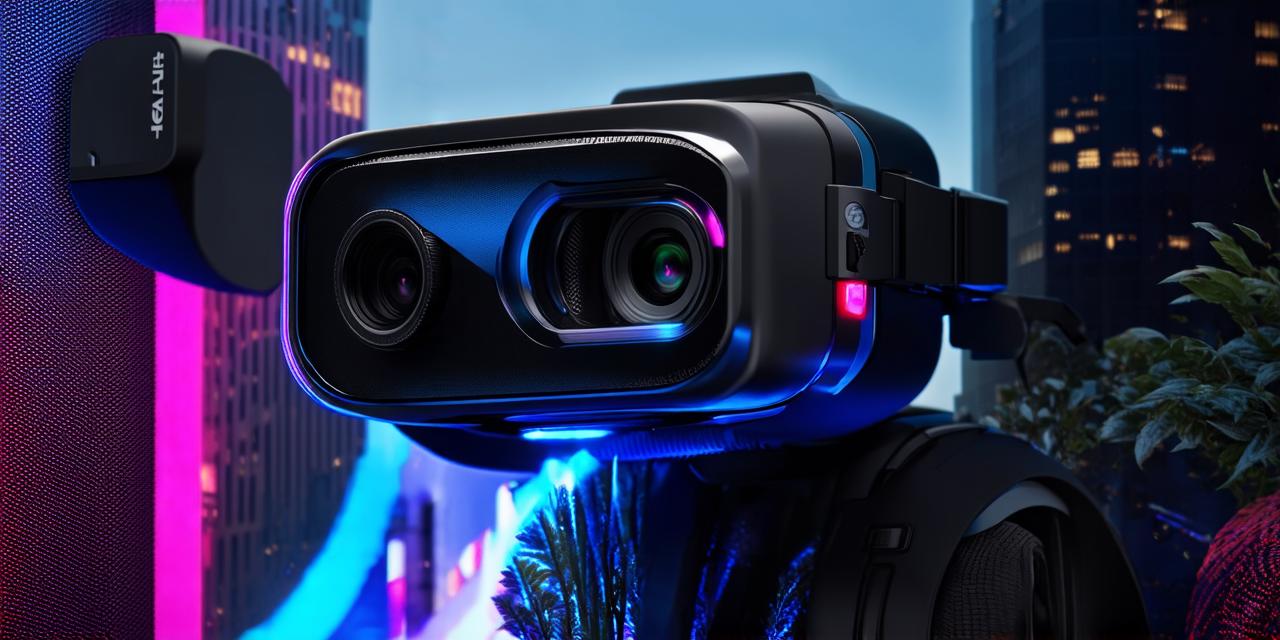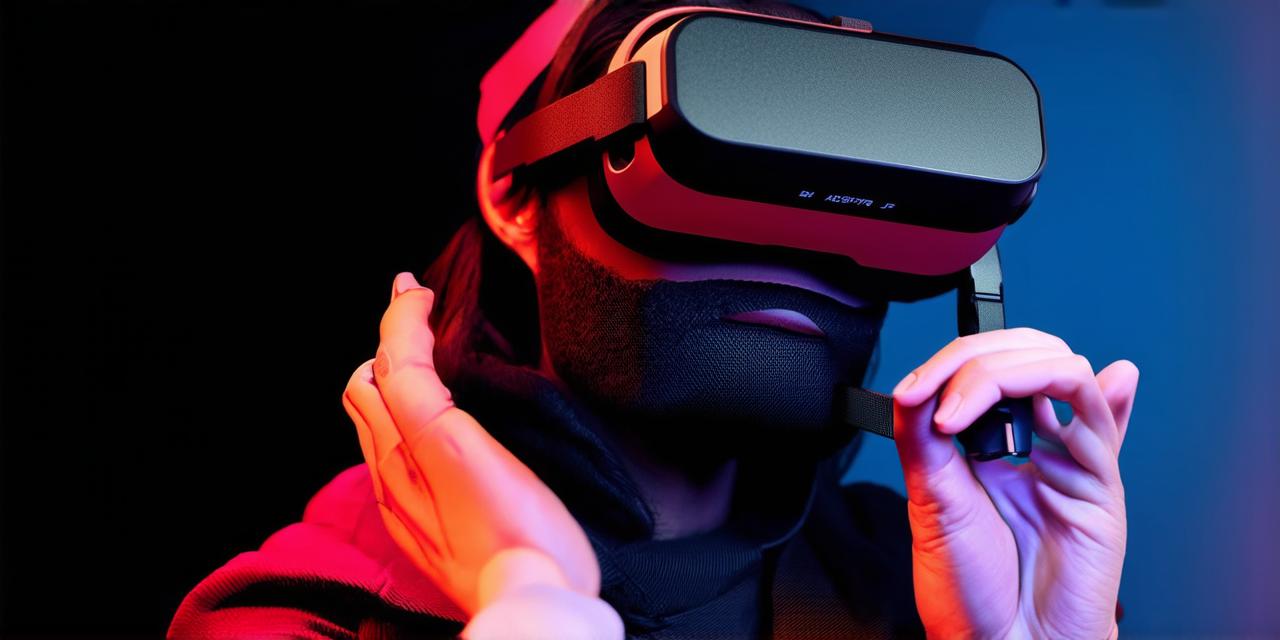Virtual Reality (VR) technology has gained immense popularity over the years due to its ability to transport users into an immersive digital world. However, determining the optimal level of immersion in VR can be challenging, especially for Augmented Reality (AR) developers.
AR is a type of VR that overlays digital information on the real world, providing users with an interactive and engaging experience. In this article, we will explore different factors that affect immersion in VR and how to determine the optimal level of immersion for AR applications.
Quality of Visuals
The quality of visuals is one of the most important factors that affect immersion in VR. The better the graphics and visual effects, the more realistic the experience will be. Developers can use techniques such as 3D modeling, texture mapping, and lighting to improve the quality of visuals. For AR applications, the quality of visuals is especially crucial as it helps to overlay digital information on the real world.
Sound

Sound plays a vital role in immersion by creating a sense of presence and environment. Developers can use sound effects, ambient noise, and music to enhance the experience. In AR applications, developers can incorporate real-world sounds into the virtual environment to create a more realistic experience.
Haptic Feedback
Haptic feedback is another critical factor that affects immersion in VR. It involves providing tactile sensations to users, such as vibration or resistance, to simulate the feeling of physical interaction with objects in the virtual world. Developers can use gloves, vests, and other devices to provide haptic feedback to users. In AR applications, developers can use wearable technology to provide haptic feedback to users.
Motion Sickness
Motion sickness is a common problem that affects many VR users. It occurs when the brain perceives conflicting signals from the eyes and inner ear, leading to nausea and dizziness. Developers can reduce motion sickness by optimizing the frame rate, reducing the amount of movement in the virtual world, and providing visual cues to guide the user’s gaze. In AR applications, developers can incorporate real-world visual cues, such as landmarks or buildings, to provide a sense of orientation and reduce the likelihood of motion sickness.
Determining the Optimal Level of Immersion for AR Applications
For AR applications, determining the optimal level of immersion is crucial to creating a seamless and engaging experience. Developers can use several techniques to determine the optimal level of immersion for their applications.
1. User Testing
User testing involves observing users as they interact with the application to determine how immersed they are in the virtual world. This technique helps developers identify areas where the application can be improved and provide a more engaging experience. Developers can conduct user testing by recruiting participants, providing them with the AR application, and monitoring their behavior and reactions while they use it.
2. Analytics Data
Analytics data provides insights into how users are interacting with the AR application and can help developers identify areas for improvement. By tracking metrics such as user engagement, time spent in the virtual world, and completion rates, developers can gain a better understanding of how immersive their application is. They can also analyze user behavior and identify patterns that may indicate motion sickness or other issues that affect immersion.
3. User Surveys
User surveys provide qualitative feedback from users on their experience with the AR application. By asking questions about the level of immersion, visual and audio quality, and overall satisfaction, developers can gain insights into what users like and don’t like about their application. They can then use this feedback to make improvements and optimize immersion.
Optimizing Immersion for AR Applications
To optimize immersion in AR applications, developers should focus on creating a seamless and interactive experience. They can achieve this by using high-quality visuals, incorporating sound effects, providing haptic feedback, and reducing motion sickness. Additionally, developers should conduct user testing, analyze analytics data, and gather feedback to make necessary improvements.
To ensure that users remain immersed in the AR application, developers should also provide them with options to customize their experience. For example, they can allow users to adjust the brightness, contrast, and saturation of the visuals, select different sound effects, or choose between different haptic feedback options. By giving users control over their experience, developers can ensure that their AR application remains engaging and enjoyable for as long as possible.
Conclusion
Determining the optimal level of immersion in VR for AR applications is crucial to creating a seamless and engaging experience for users. By using several techniques, including user testing, analytics data, and user surveys, developers can optimize immersion and provide users with a sense of presence and realism in the virtual world. As VR technology continues to evolve, it is essential for developers to stay up-to-date on best practices for creating immersive experiences that engage and delight users.




